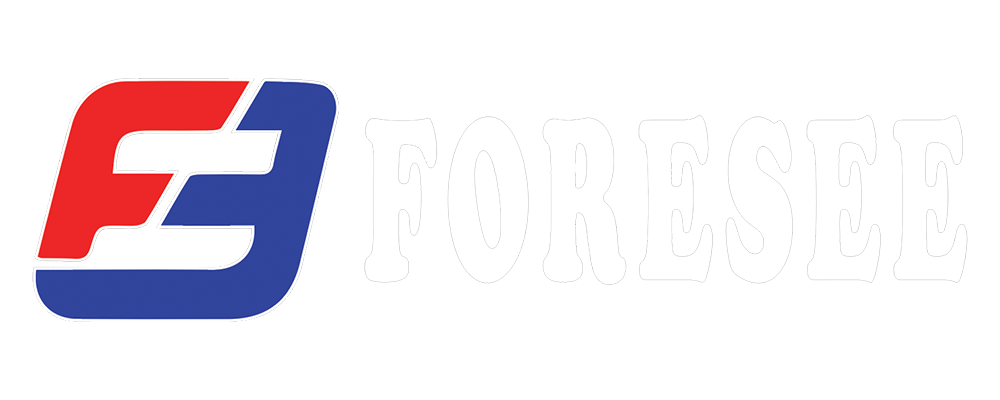AWS A5.7 Classification
The AWS A5.7 specification covers the classification of copper and copper alloy bare welding rods and electrodes used in various arc welding processes. Here's a breakdown of the key information:
-
Application: This specification focuses on consumables for welding copper and copper alloy components using processes like:
- Gas Tungsten Arc Welding (GTAW): Also known as TIG welding, GTAW utilizes a non-consumable tungsten electrode and a separate inert gas shielding to create a weld pool.
- Gas Metal Arc Welding (GMAW): Often referred to as MIG welding, GMAW employs a continuously fed consumable electrode that melts and deposits filler metal into the weld joint.
- Plasma Arc Welding (PAW): This process uses a high-velocity, constricted plasma arc to create a precise and deep weld pool.
-
Material Focus: AWS A5.7 deals with consumables specifically designed for welding copper and copper alloys. Copper offers excellent electrical conductivity and thermal conductivity, making it valuable in various applications. However, copper requires specific welding procedures due to its high thermal conductivity and susceptibility to oxidation.
-
Classification System: AWS A5.7 uses a coding system (e.g., ERCuSi-A) to classify bare welding rods and electrodes based on their chemical composition. Here's a general breakdown of the code:
- Prefix (ER): Signifies a consumable electrode for electric arc welding processes.
- Base Metal Designation (Cu): Identifies the base metal (copper) the filler metal is suitable for.
- Alloying Elements: Letters and numbers following "Cu" indicate the presence and approximate percentages of alloying elements like silicon (Si), aluminum (Al), or manganese (Mn). These elements can improve the mechanical properties and weldability of the deposited weld metal.
- Suffix (Optional): A suffix like "-A" might denote specific use cases or variations within the classification.
-
Benefits of Using AWS A5.7 Classified Consumables:
- Standardized Performance: The classification system ensures consistent properties of consumables, leading to predictable and reliable welds in copper and copper alloy applications.
- Selection Guidance: The system aids in selecting the right consumable for a project based on the type of copper alloy and desired properties of the weld metal (conductivity, strength, etc.).
Key aspects of AWS A5.7 classification include:
-
Electrode Identification: Each electrode is identified by a unique code that specifies its chemical composition, including the type and amount of alloying elements present in the electrode.
-
Chemical Composition: Specifies the range of elements in the electrode to achieve desired weld metal properties, such as conductivity, strength, and corrosion resistance.
-
Welding Position: Defines the positions (flat, horizontal, vertical, overhead) in which each electrode type can be used effectively.
-
Mechanical Properties: Specifies the mechanical properties of the weld metal, such as tensile strength, yield strength, and elongation, which are crucial for determining the electrode's performance in various welding applications.
-
Testing and Certification: Outlines the testing procedures and requirements for certification to ensure that electrodes meet the specified standards for quality and performance.
| AWS A5 Series Code | American Welding Society (AWS) Standard Title |
| AWS A5.1 | Carbon Steel Electrodes for Shielded Metal Arc Welding (SMAW) |
| AWS A5.2 | Carbon and Low-Alloy Steel Rods for Oxyfuel Gas Welding (OFW) |
| AWS A5.3 | Aluminum and Aluminum Alloy Electrodes for Shielded Metal Arc Welding (SMAW) |
| AWS A5.4 | Stainless Steel Electrodes for Shielded Metal Arc Welding (SMAW) |
| AWS A5.5 | Low-Alloy Steel Electrodes for Shielded Metal Arc Welding (SMAW) |
| AWS A5.6 | Copper and Copper-Alloy Electrodes for Shielded Metal Arc Welding (SMAW) |
| AWS A5.7 | Copper and Copper Alloy Bare Welding Rods and Electrodes |
| AWS A5.8 | Filler Metals for Brazing and Braze Welding. |
| AWS A5.9 | Carbon Steel Electrodes and Fluxes for Submerged Arc Welding (SAW) |
| AWS A5.10 | Bare Aluminum and Aluminum-Alloy Welding Electrodes and Rods. |
| AWS A5.11 | Nickel and Nickel Alloy Welding Electrodes for Shielded Metal Arc Welding (SMAW), Gas Tungsten Arc Welding (GTAW), and Plasma Arc Welding (PAW) |
| AWS A5.12 | Tungsten and Tungsten Alloy Electrodes for Arc Welding and Cutting |
| AWS A5.13 | Surfacing Electrodes for Shielded Metal Arc Welding (SMAW) |
| AWS A5.14 | Nickel and Nickel-Alloy Bare Welding Electrodes and Rods |
| AWS A5.15 | Welding Electrodes and Rods for Cast Iron |
| AWS A5.16 | Titanium and Titanium Alloy Welding Electrodes and Rods |
| AWS A5.17 | Carbon Steel Electrodes and Fluxes for Submerged Arc Welding (SAW) |
| AWS A5.18 | Carbon Steel Electrodes and Rods for Gas Shielded Arc Welding (GMAW) |
| AWS A5.19 | Magnesium Alloy Welding Electrodes and Rods |
| AWS A5.20 | Carbon Steel Electrodes for Flux Cored Arc Welding (FCAW) |
| AWS A5.21 | Bare Electrodes and Rods for Surfacing |
| AWS A5.22 | Stainless Steel Electrodes for Flux Cored Arc Welding (FCAW) |
| AWS A5.23 | Low-Alloy Steel Electrodes and Fluxes for Submerged Arc Welding (SAW) |
| AWS A5.24 | Zirconium and Zirconium-Alloy Electrodes and Rods for GTAW, GMAW, PAW (Plasma Arc Welding) |
| AWS A5.25 | Specification for Carbon and Low-Alloy Steel Electrodes and Fluxes for Electroslag Welding (ESW) |
| AWS A5.26 | Specification for Carbon and Low-Alloy Steel Electrodes for Electrogas Welding (EGW) |
| AWS A5.27 | Specification for Carbon and Low-Alloy Steel Electrodes and Rods for Gas Shielded Arc Welding |
| AWS A5.28 | Specification for Low-Alloy Steel Electrodes and Rods for Gas Shielded Arc Welding |
| AWS A5.29 | Specification for Low-Alloy Steel Electrodes for Flux Cored Arc Welding (FCAW) |
Foresee Electronics INC., North America Headquarters in Irvine, California
-
Address
18103 Sky Park Circle, B2, Irvine, CA 92614
-
Phone
+1 949 264 3389
-
Email
info@foreseeusa.com
-
Office hours
Monday to Friday 09:00 - 17:30 Saturday & Sunday Close
